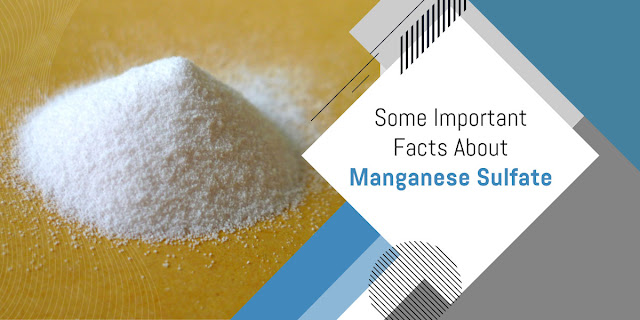How to handle Toluene di Isocyanate (TDI) during its Transportation?
Toluene diisocyanate (C9H6N2O2) - widely referred to as TDI, manufactured and supplied by one of the most remarkable Toluene di Isocyanate exporters in Sharjah - Palvi Chemicals is the active element in making polyurethane (PU) foam. Approximately 90% of all TDI produced is utilised in the manufacturing of mattresses, car seats, furniture foam, adhesives, paints, and concrete sealers. Toluene diisocyanate's toxicity and carcinogenicity are well-documented, yet this has not prevented the widespread use of the chemical; its many applications leave it with no suitable substitutes.
Moving TDI is a complex task that requires expert preparation and planning. Let's make a list of the most fundamental facts about Toluene diisocyanate (TDI) that need to be remembered for secure shipping.
● To put it simply, this substance is
extremely poisonous.
● When exposed to water, it responds
violently.
● Heat causes it to break down.
● When it breaks down, it releases
toxic gases.
● TDI has an extremely strong reaction
to polyols.
● Its reactivity range includes acids,
peroxides, and bases.
Points to be taken into consideration while transporting TDI:
● It is recommended that TDI be
transported in a specially designated vehicle, without being mixed in with
other products or chemicals.
● There is a strong recommendation that
only enclosed cars be used.
● When loading a barrel, make sure it
is vertical.
● All drivers should be made aware of
the significance of the TREM as well as the TDI card.
● When fixing leaks, it's important to
safeguard yourself first.
● To stop a TDI leak, first, rotate the
barrel until the dripping stops, and then take the appropriate preventative
measures.
TDI
Loading guide penned down by the most popular Toluene di Isocyanate distributor
in Sharjah:
Typically, TDI is packaged up and sent as a letter. Usually only in a couple of tanks at most. It is suggested not to load TDI simultaneously with any of the ongoing operations.
I've already mentioned that purging the tanks to a dew point below -40 C is necessary before the loading of TDI begins. We term this process "drying the tanks."
When connecting a hose, a complete chemical safety suit, as well as SCBA gear, must be worn. To avoid unnecessary stress, the loading rate should be low. A loading rate of 300 m3/hr or less is typical for TDI.
Closed sampling is required for accurate representation. Despite the "closed" nature of the sampling process, everyone involved must wear a chemical safety suit as well as an SCBA mask.
Toxic levels make Manifold samples unacceptable for transport
through TDI. In some instances, though, this may be tolerated. Toxic cargo
sample procedures are to be carried out in accordance with the instructions
provided in the company manual. If you are uncertain whether or not manifold
samples are required for TDI cargo manufactured and packed by one of the noted Toluene di Isocyanate suppliers in
Sharjah, you may
choose to contact the company for further instruction.
Way to the discharge port:
Vapour tightness is the only thing you need to worry about on the trip. The dew point should be monitored every day as well. If the tanks are airtight, though, you won't have to worry about a thing.
The cruise should go smoothly if you are confident in the
tank's ability to keep moisture out of the fuel. If the nitrogen pressure in
your tanks drops throughout your trip, you have options.
-
Locate the Leak
source:
As you know, there are numerous
possibilities. This pressure decrease could be the result of leaking PV valves,
tank dome packing, or Butterworth hatches. It's possible that these are all
combined, however slightly, to have a more pronounced effect on the pressure
drop.
-
Stop the leakage
at the source:
To fix a nitrogen leak, you need just identify its source. Leakage from PV valves is a major problem because there is little that can be done about it. In order to prevent leaks from the TDI tank's PV valves, several companies install rupture discs.
The PV valve lifting pressure is what causes these rupture discs to shatter (mostly 20 KPa). Metal-to-metal sealing can be found in PV valves. Pittings appear on the metal's surface over time, creating a potential leak point. As a result of the rupture discs' superior sealing properties, there is no leakage. Freights like TDI require temporary installation of rupture discs.
Rupture discs, if installed, must be "authorised ones" and compatible with the PV valve. Between the rupture disc and the PV valve, a telltale gauge should be installed for further safety.
If the pressure drops, you'll need a
steady supply of nitrogen bottles to bring it back up.
%20during%20its%20Transportation.jpg)


Comments
Post a Comment